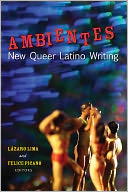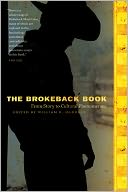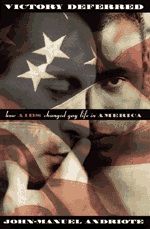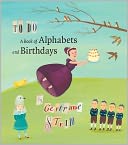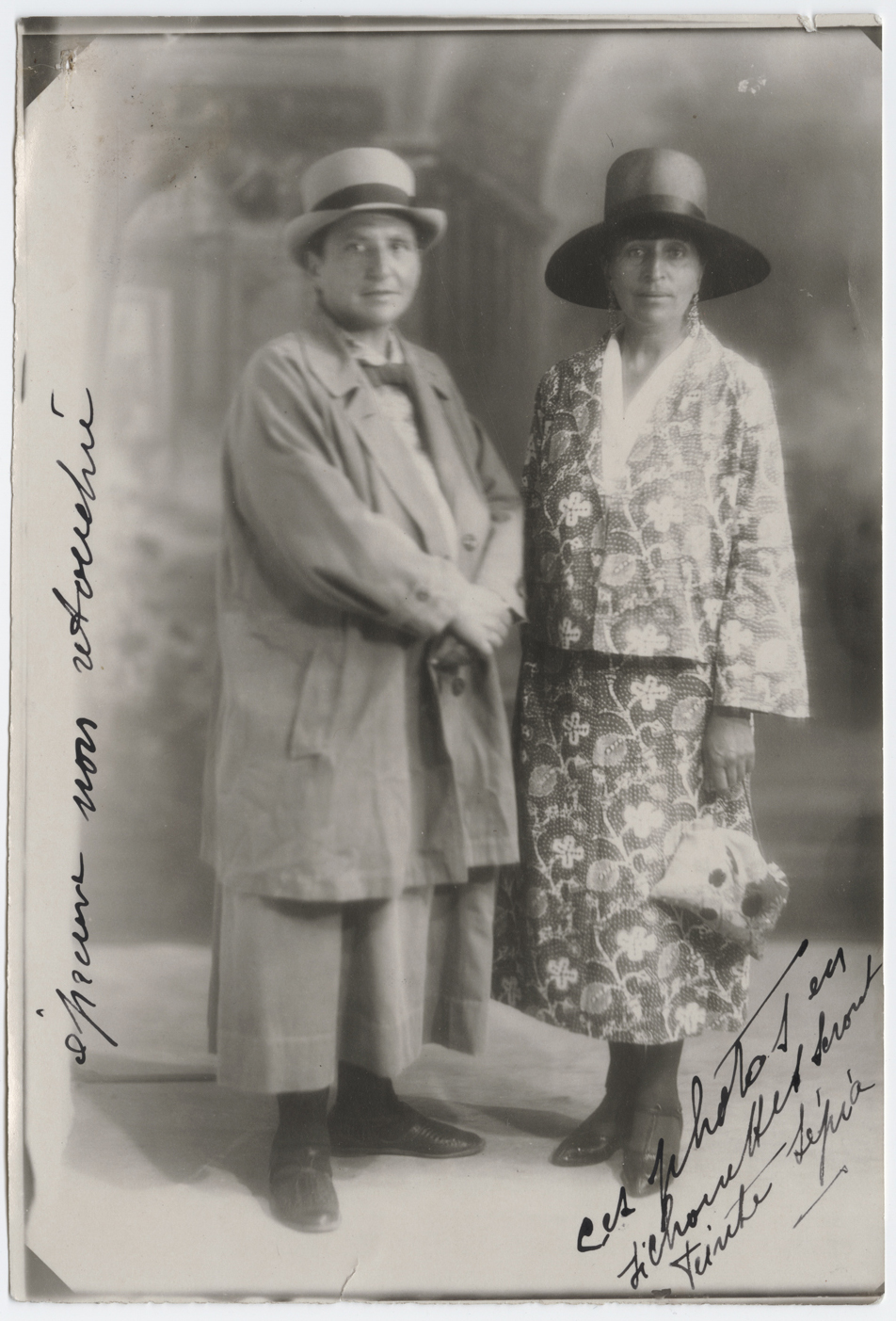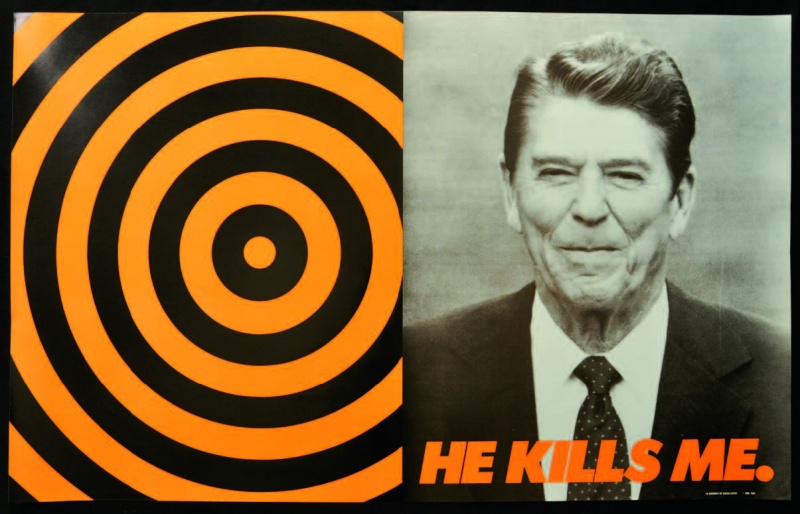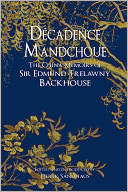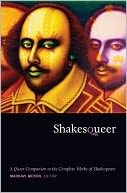A TWENTY-YEAR retrospective of Donald Moffett’s work titled The Extravagant Vein has been mounted by the Contemporary Arts Museum in Houston, where it will remain on view until January 8, 2012. After that, the exhibit will travel to the Frances Young Tang Teaching Museum and Art Gallery of Skidmore College in Sara-toga Springs, New York, and then (next June) to the Andy Warhol Museum in Pittsburgh. Accompanying the exhibit is a handsome, full-color catalog, published by the Houston museum and Skira/Rizzoli, which includes essays by Bill Arning and Russell Ferguson, an interview with Douglas Crimp, and an overview by exhibit curator Valerie Cassel Oliver.
More